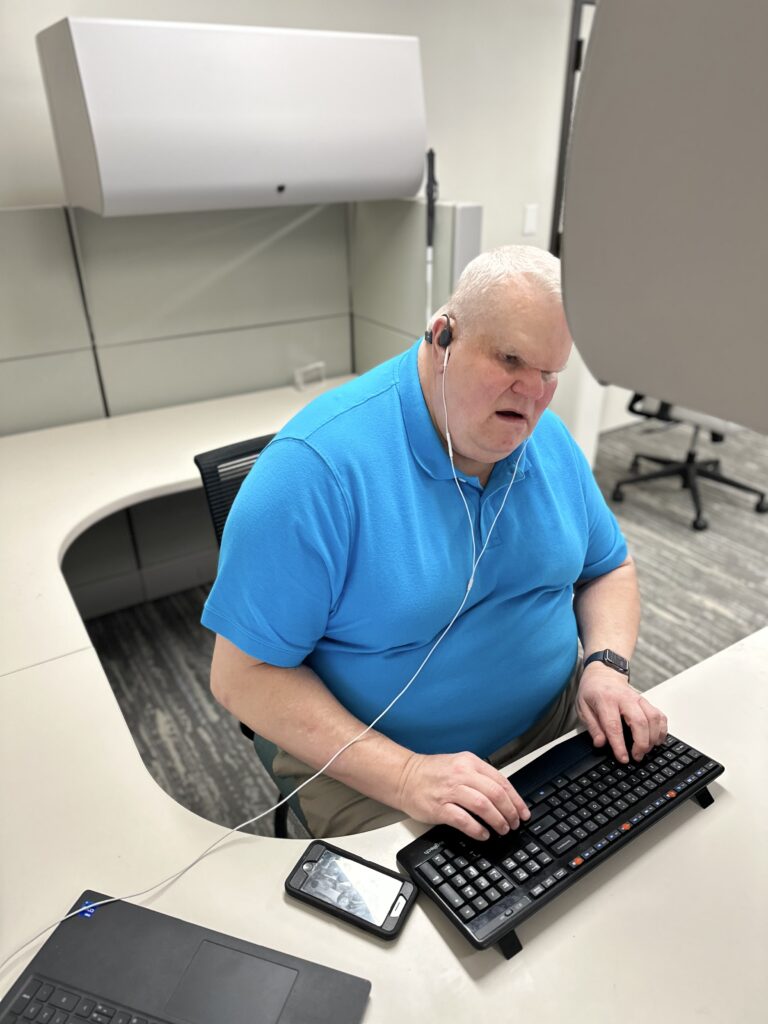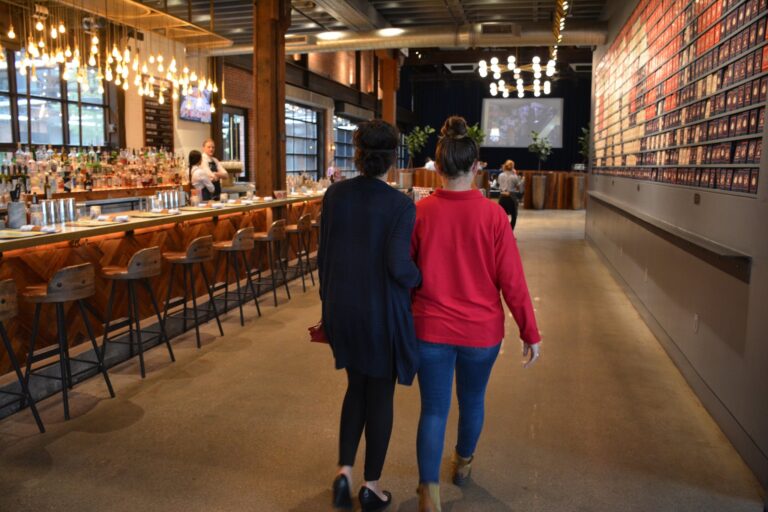How to adapt your home after vision loss
Vision loss comes with its own set of major and minor life adjustments—everyday tasks like cooking a meal or pouring a glass of milk can become more difficult, and without the right support system, daily tasks may feel overwhelming. The good news is, with a few tweaks, a person with vision loss can get back to doing what they love. That’s why NewView has Occupational Therapists (OTs) and Certified Occupational Therapist Assistants (COTAs) who help our clients make the appropriate adjustments so they can live life independently. Marlene Snow is one of our licensed OTs, and today she’s sharing a few key ways a person with vision loss can modify her home to best suit her needs.
- Adjust your lighting. This is the thing most everyone must address. Even if you have very little vision or glare issues, tweaking your lighting will help. Typically, with the help of an OT or COTA, you will be able to find a light setting that works best for maximizing your vision.
- Declutter your home. Having everything in its place and a place for everything is very important. This prevents you from tripping over items on the floor or knocking over items that are out of place. And once you’ve organized things, you’ll always know exactly where to find them.
- Mark your appliances. Using alternative senses is very helpful for those who have vision impairments. The microwave is the most commonly marked appliance. At NewView, we typically mark appliances with bump dots, which help a person feel and find the most commonly used buttons.
- Use magnification. This one seems obvious, but using a magnifying glass or using your phone as a magnifier can make a world of difference. It may also help to move your chair or couch closer to the TV so you can see as much as possible.
If you or a loved one has experienced vision loss or a change in vision, it’s still possible to live a full and independent life. Contact our clinic at (855) 811-9699 to schedule a low vision appointment today.






